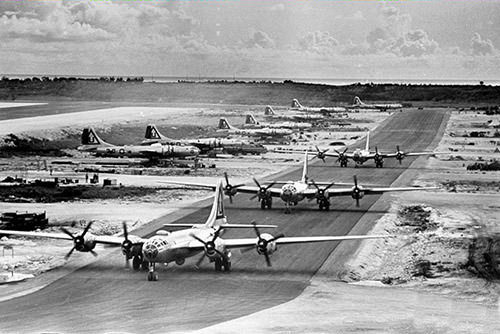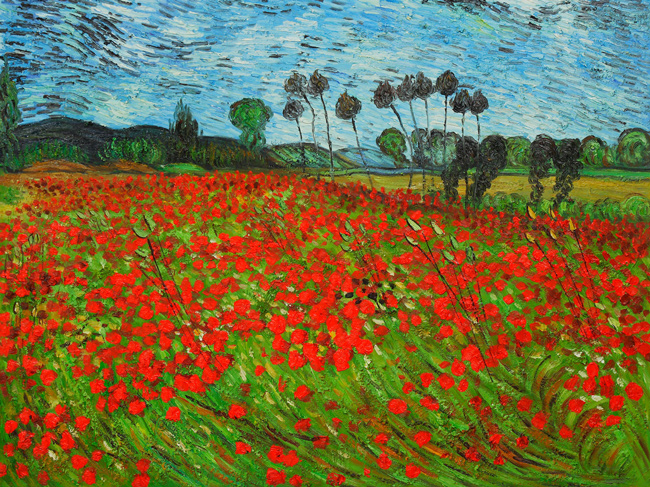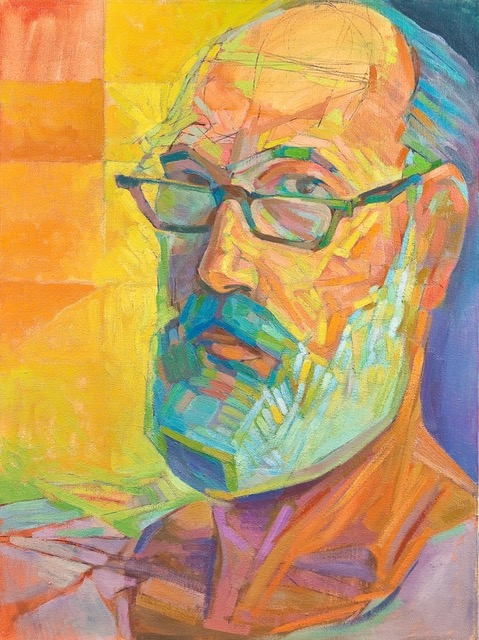Shortly after my Texas training, I was shipped to Fairbanks, Alaska for six months. Thankfully, I wasn’t on the hot stand. I was in the shop. The B-29 was a very large aircraft with a difficult propeller system. You had to have something sensitive enough to change the plane’s angle, but you couldn’t do it with a surge of electronics or oil. You had to get these tiny, tiny shifts in the gentlest increments so you could control it. Too much, and you overshot your goal and everything went crazy. The pilot set the controls to establish a certain speed. It’s the propeller that changes to maintain that balance through its own governor. It is continuously adjusting. If the engine breaks down you are confronted with a situation where you are flying into the wind, and suddenly the propeller becomes a windmill. With the engine broken down, you are not pumping oil. When the propeller is moving, the pistons are moving, the shaft is moving and they are not getting oil, they are going to heat and burst into flames. The wings of those aircraft are gas tanks. You potentially just took the lives of 14 men.
Working on the propeller on actual planes wasn’t like going to the nice, fastidious classroom. The classroom propellers were meticulously clean, without a speck of oil. You took them apart; you put them back together again. You patted them on the tuckus and everything was fine. When you are suddenly confronted with this hot engine, the cowling, the safety wire, and all the rest of it – it’s a completely different thing, and it definitely wasn’t MY thing. Despite my aversion to working on propellers, I was fascinated with Alaska. A very fortunate coincidence let me extend my initial six-month assignment.
A young airman from Texas was married just before being sent to Fairbanks. When we learned his tour was to be extended, and mine was not, I took his tour and they sent him back to Austin. I preferred the cold to the humid Texas heat, and he was desperate to return to his new wife. We both won!
When I wasn’t on duty, I spent time at an Indian camp outside of Fairbanks where the residents maintained their ancient ways. I saw how they used water wheels to do their fishing. They hunted deer, bear and small animals to skin for pelts and meat to salt for the months ahead and roast for dinner.
Fairbanks had wooden sidewalks, just like in Gun Smoke, and trade was conducted with silver dollars. I only remember one time, when returning to the base in an Air Force bus, that a moose ran across the road. Unable to avoid it, the driver smashed into the poor, dumb animal. There were moose crossing signs along the roads everywhere. Can’t moose read?
Alaska was interesting, but not interesting enough. If I could get out of it and do something different, that was attractive. It was then that I was shipped to Korea.



